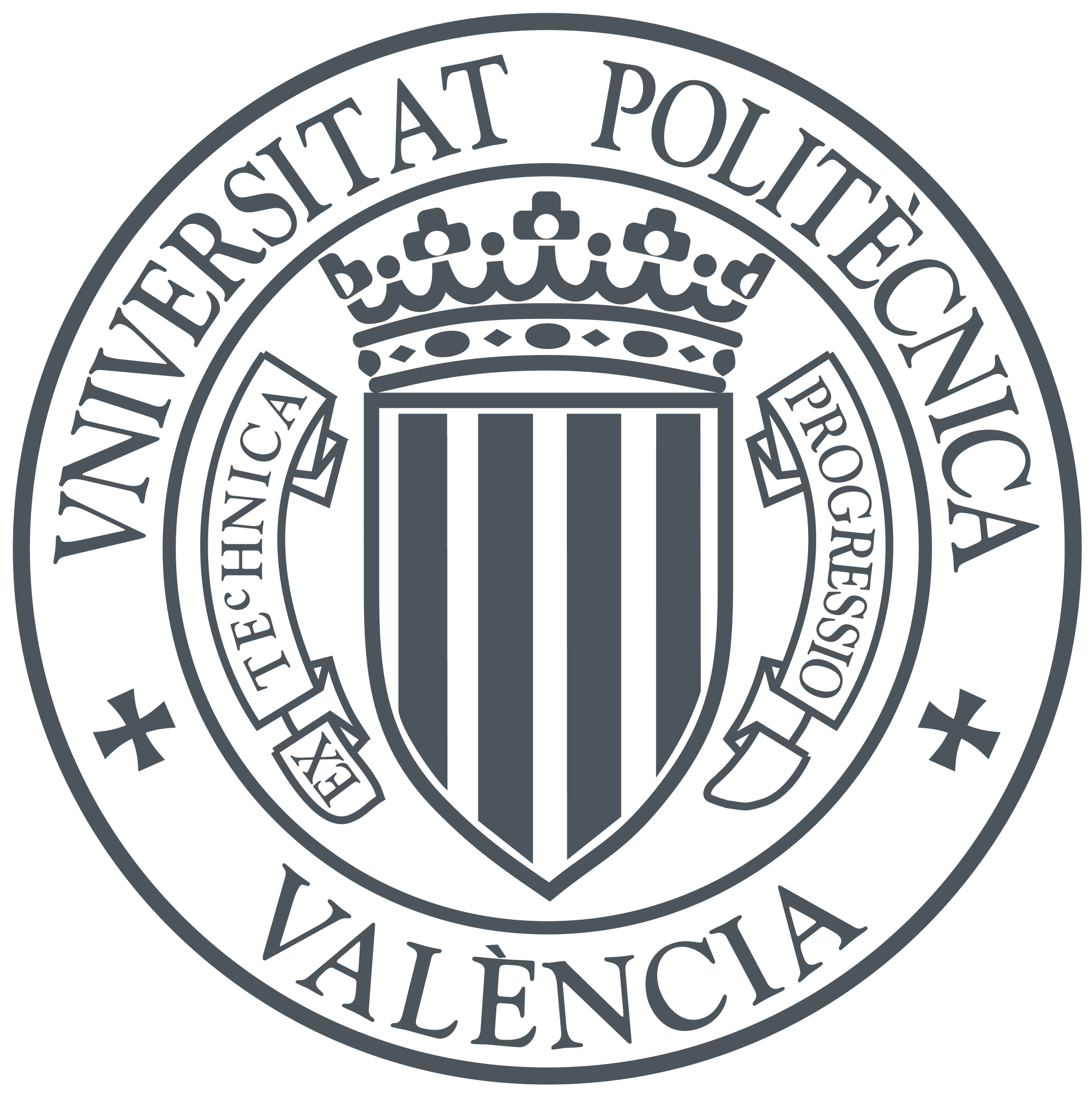CITIES OF THE FUTURE
In order to find a utopical city we first have to find some problems our current cities endure. The main ones being:
- Pollution in cities is a real problem, in some of them masks are necessary to breathe clean air
- Climate change buildings and roads 75% of CO2 emmissions
- Traffic is another huge problem it is estimated that people spend more than 100 hours a year in traffic and this number only increases over time

Then, if we have a look at some of the most seemingly ideal cities, we can observe that they are now being constructed following a plan by an urban planner and are being taken on as mega projects at once, instead of naturally expanding over time.
These planned cities are regarded as more livable, and are proven to be happier healthier and wealthier cities, so we believe that this type of city is an option for creating our cities in the future. We will talk about a great example called The Line:
The Line promises the construction of a new and totally sustainable civilization. It will be 200m wide, 500mhigh and 170m long. Inside it will be a city that will accommodate 9 million people. It will have a futuristic aesthetic both inside and outside. On the outside we will find high mirrored walls that are intended to reflect the landscape so that it’s not distorted by its new construction. Inside we will find homes with all kinds within your reach.
It’s pretended to be a zero emissions place so there will be no pollution of any kind. There will be no vehicles, but a high-speed train will cross the line in 20 minutes to reach from end to end. It is also supposed to be ecologically innovative as this idyllic city will create a microclimate for its habitants to be comfortable all year around.
It’s a project that revolutionizes urbanism as we understand it today but, merging also with the climatic urge that the planet demands of us. It may seem something utopian that will never be completed but, this city is being built today.
For now, we don’t know its success, but its presentation is giving a lot to talk about. However, despite being a supposed idyllic city, it will have its advantages and disadvantages, which we will discover over the years and thanks to the people who live there.

From our point of view, we think of cities of the future as many different possibilities depending on the environment they are at. If we place ourselves in a future Asiatic advanced technology country as China we can think that cities will have to deal with surpopulation and will have grown on height.
These cities will be based on the idea of pragmatism so the main aim would be developing life in the most useful and efficient space facilitating work, speed and consumption. Then, we imagine modern automatic cities who will be very connected in a height level. Globalisation is causing the homogeneity of our cultures.
Nowadays, modern architecture around the world has more similarities than in the past, we can see this by looking at skyscraper in globalized cities.
However, if we think from another side of the future, we can think that maybe we will stop seeing our lives from the economic consumption way but in a more organic one. In this case, our needs in our habitat will be based in connecting with our origins, our identity or with our nature.

